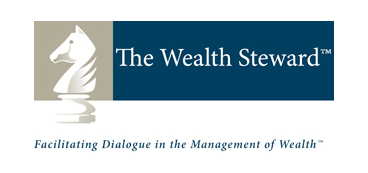By Dan Hallett on June 18, 2011
Some of my partners and I recently met with investors that have some commonalities pertaining to how they built their significant wealth. Each of these investors, through a combination of hard work and good fortune, amassed significant wealth by making concentrated bets in relatively few stocks. No doubt we’ve all heard stories about how somebody’s father or grandmother stock-piled shares of a company like Royal Bank, Coca-Cola decades ago. Such stories all end happily with a pot of gold at the end of the rainbow.
These are real stories and there are many of them – and there will be more in future decades despite today’s gloomy mood. From these many anecdotes and our recent client meetings, I’d like to highlight a couple of important points.
Survivorship Bias
Survivorship bias is a term often mentioned in the context of past performance comparisons. Whether we’re talking about hedge funds, mutual funds or other similar products, simply looking at today’s funds with 10 or 20 year histories omits the funds that existed during those periods but didn’t survive through today. The same concept can be extended to individual investors.
There are many investors who roll the dice on just a one or two stocks. Some people choose well and hit the jackpot – again through varying proportions of luck and skill. These are the investors that often visit firms like ours for advice. We just don’t see the other investors that saw their concentrated bets work against them. In other words, while hearing many of the strike-it-rich stories can give the impression that this is the path to prosperity, believe me when I tell you that far greater numbers of investors have permanently destroyed wealth using this approach. This is not a high probability way of building wealth.
Sustainable wealth
Once investors have built significant wealth, however, there is another common thread that quickly appears. Regardless of the source of investors’ monetary wealth every investor we’ve met with does not want to make their money twice. In other words, by the time they visit HighView or other similar firms, wealthy investors are looking to keep what they’ve built.
Extending our example of the concentrated investors above, most investors in this situation understand that the way to sustain and responsibly grow wealth over time is to strike a more even balance between concentration and diversification.
So, the next time you hear the story of the widow who accumulated millions in a single telecom stock or the grandchild who inherited millions in one bank stock, stop and think. Remember that for every such widow or young heir, there are many others whose stories don’t work their way through the grapevine – because they ended badly.
And remember that while the payoff from such concentrated bets can be huge, the odds are stacked against you winning with this approach. Successful investing often comes down to tilting the odds in your favour as much as possible. And to the extent that you can do that, you will be further along the path to building sustainable wealth.
(For more on the concept of sustainable wealth management, see our co-founder Mark Barnicutt’s April blog post: A sustainable approach to the management of wealth)
- Piling into U.S. stocks? Don’t Expect the Past Decade to Repeat - January 15, 2025
- The S&P 500’s Three Surprising Traits - November 6, 2024
- Savvy DIY Investors Must Plan For Succession - September 4, 2024



